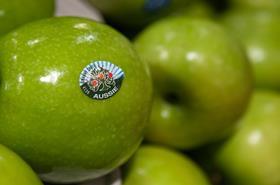
A recent trade mission to South East Asia has delivered Australian growers and exporters new hope in the Philippines.
Organised by Australia Fresh, the Victorian Department of Environment and Primary Industries (DEPI) and Austrade Manilla, the mission was aimed at improving market access for Australian produce following recent changes to Philippine import and in-transit cold treatment protocols.
Australia Fresh program director Agnes Barnard says delegates appreciated the opportunity to discuss the revised protocols with government officials.
“The Philippine Government recently revised the Specific Commodity of Understanding 2 (Conditions for exporting fruit fly host fruits from Australia to the Philippines) which allows cold disinfestation treatment of fruits to be conducted either in-transit or pre-shipment (on-shore) in Australia,” Barnard says.
“This development coupled with the elimination of tariff for temperate fruit under the 2010 ASEAN Australian New Zealand Free Trade Agreement, have created opportunities to increase trade for Australian fruits.”
DEPI marketing manager for the Philippines and Indonesia, Brendan Larkin, says a networking function and business matching sessions were also beneficial.
“We can expect fresh produce trade to continue to grow as exporters develop the business relationships established with importers during the mission,” Larkin says.
“Furthermore, this direct link enables both positive and negative feedback in a timely fashion which will enable exporters to respond to changes in market requirements.”
The trade mission also included a stopover in Indonesia, where the delegates met with fruit importers, retailers and Austrade officials.
“The advice from importers was very pragmatic,” DEPI market manager for Indonesia and Philippines Brendan Larkin said.
“There are good opportunities for Australian cherries and stonefruit, for example. However if they are to make successful inroads there needs to be work in market, including in-store tastings and accompanying promotion campaigns highlighting that the fruit is grown in Australia.”



